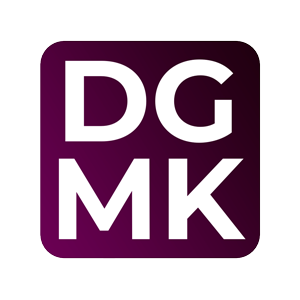The Agile Manifesto
For us, the Agile Manifesto is what defines what agile means.
The Agile Manifesto
Background
In the early 2000s, a number of frameworks, methods and models emerged for a new approach to systems development. These lacked a common foundation, making them difficult to compare and difficult for those who needed to use them.
In February 2001, seventeen people gathered at Snowbird Ski Resort in Utah, USA to talk, ski, relax and try to find common ground for a new approach to systems development. The result was the Agile Manifesto.
It was representatives of the various agile initiatives at the time, all seeking alternatives to the document driven, heavy methods of systems development, who created this common ground.
They called themselves 'The Agile Alliance', a group of independent systems development thinkers, in some cases competitors. They agreed on the Manifesto for Agile Software Development.
Manifesto for Agile Software Development
We are uncovering better ways of developing software by doing it and helping others do it. Through this work we have come to value:
| Individuals and interactions | over | processes and tools |
| Working software | over | comprehensive documentation |
| Customer collaboration | over | contract negotiation |
| Responding to change | over | following a plan |
That is, while there is value in the items on the right, we value the items on the left more.
Signatories
| Kent Beck | James Grenning | Brian Marick |
| Mike Beedle | Jim Highsmith | Robert C. Martin |
| Arie van Bennekum | Andrew Hunt | Steve Mellor |
| Alistair Cockburn | Ron Jeffries | Ken Schwaber |
| Ward Cunningham | Jon Kern | Jeff Sutherland |
| Martin Fowler | Dave Thomas |
© 2001, the above authors this declaration may be freely copied in any form, but only in its entirety through this notice.
Original available on the agilemanifesto.org website [1].
External references
[1] - agilemanifesto.org

